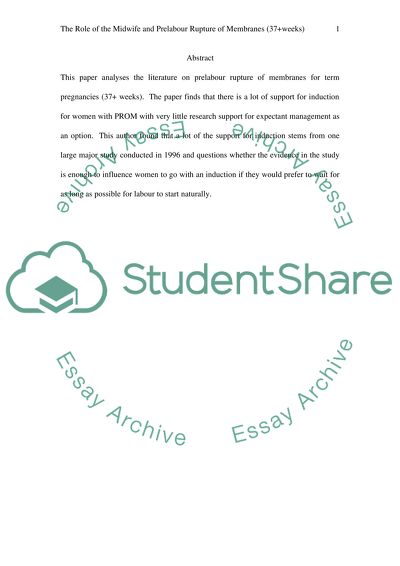Cite this document
(“Controversial issues in Midwifery Practice: Prelabor rupture of Essay”, n.d.)
Retrieved from https://studentshare.org/nursing/1431013-controversial-issues-in-midwifery-practice
Retrieved from https://studentshare.org/nursing/1431013-controversial-issues-in-midwifery-practice
(Controversial Issues in Midwifery Practice: Prelabor Rupture of Essay)
https://studentshare.org/nursing/1431013-controversial-issues-in-midwifery-practice.
https://studentshare.org/nursing/1431013-controversial-issues-in-midwifery-practice.
“Controversial Issues in Midwifery Practice: Prelabor Rupture of Essay”, n.d. https://studentshare.org/nursing/1431013-controversial-issues-in-midwifery-practice.


